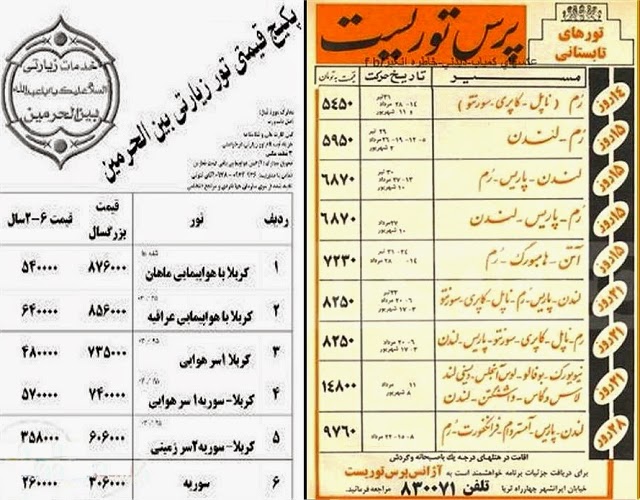Traveling through Iran to film a public-television show, "Rick Steves' Iran" (which will air on PBS throughout the USA in mid-January), I quickly filled up my notebook with quirky observations. One moment, I saw propaganda murals encouraging young men to walk into the blazing sunset of martyrdom. The next, a woman in a bookstore served me cookies while I browsed through the books, admiring one in particular. Then, when I was about to leave without buying anything, she gave me the book for free.
While English is the second language on many signs, the squiggly local script looked like Arabic to me. I quickly learned that it's actually Farsi. Iranians are Persian. Persians are not Arabs, and they don't speak Arabic — they speak Farsi. This Persian/Arab difference is a very important distinction to the people of Iran. My film crew and I heard over and over again, "We are not Arabs!"
The numbers, however, are the same as those used in the Arab world. Thankfully, when I needed it, I found that they also use "our" numbers.
Iran is a cash society. Because of the three-decades-old American embargo here, Western credit cards don't work. No ATMs for foreigners means that we have to bring in big wads of cash...and learn to count carefully. The money comes with lots of zeros. One dollar is equal to 10,000 rial. (If you exchange $100, you are literally a millionaire here.) A "toman" is ten rial, and some prices are listed in rial, others in toman...a tourist rip-off just waiting to happen. I had a shirt laundered at the hotel for "20,000." Is that in rial ($2) — or in toman ($20)? Coins are rarely used, and there are no state-issued large bills. Local banks print large bills to help local commerce. To tell if a bill is counterfeit, you rub the number with your finger — if it's the real deal, the warmth makes the numbers momentarily disappear.
People here need to keep track of three different calendars: Persian and Islamic (for local affairs), and Western (for dealing with the outside world). What's the year? It depends: After Muhammad — about 1,430 years ago, or after Christ — two thousand and some years ago.










